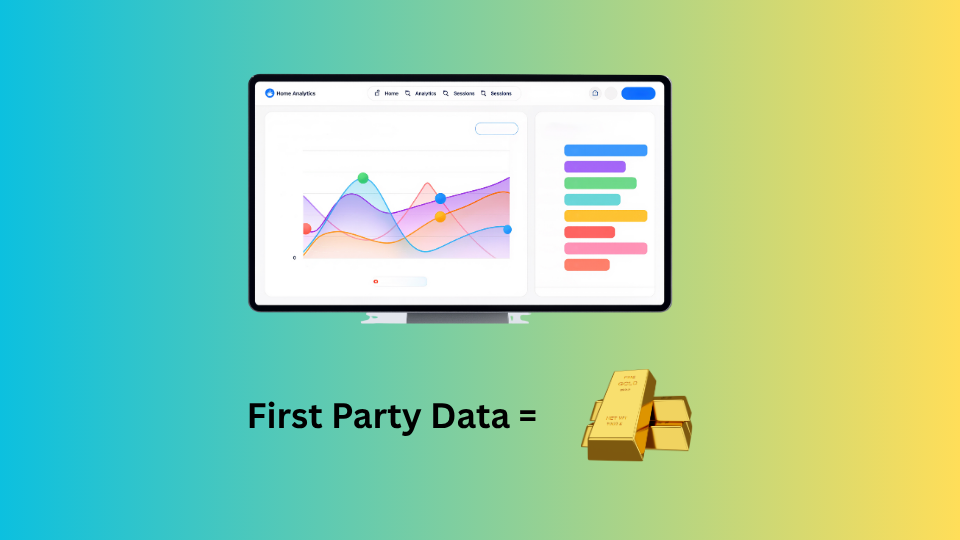One of the main reason for the rise of retail media is the ability to activate high quality first party data across channels. Retailers were holding this data for years and now with advance analytics, they have made sense out of this and lead to it’s activation across all channels of retail media. However, there are still challenges due to recent developments. Three key developments are making targeting customers online increasingly more difficult:
1) Emerging global privacy regulations,
2) Apple’s change to their IDFA (Identifier for Advertisers) policy,
3) Increasing call to deprecate Cookies.
With the introduction of its General Data Protection Regulation (GDPR) in 2018, the EU kick-started a ream of privacy regulations that are now being passed across the globe, including California’s Consumer Privacy Act (CCPA) and most recently the EU’s Digital Markets Act (DMA). Gartner reckons that in 2023, 75% of the global population has its personal data covered under privacy regulations.
In April 2021, Apple released an update for iPhones that gives users the option to prevent advertisers from tracking their activity across apps, sending them notifications to opt in or out of ATT (App Tracking Transparency). However, the big game changer is set to be introduced by early next year as Google plans to phase-out third-party cookies on Chrome. This is very significant, considering that Google claims a ~65% global browser market share. In the past, advertisers could use third-party cookies to track users across different websites, gathering data for targeted advertising.
This loss of digital identifiers means brands need to find alternative ways to make their advertising as targeted and relevant as possible. One of the key alternatives, and something that has been stressed by agencies for a while, is first-party data. A 2023 survey (56%) ahead of driving sales (51%). Granted, Google has pushed back its phase out of third-party (3P) cookies a number of times. It was initially announced in 2020 and has most recently been pushed back to 2025 after Google’s global VP of advertising had previously confirmed that it would happen within 2024 (Digiday, 28/11/23). That said, it is coming sooner rather than later, and advertisers as well as agencies have been preparing by working on their first-party data capabilities.
How do you as a brand match your first-party (1P) data with retailers first-party data in a privacy compliant way? The secret sauce are so called data clean rooms. The basic idea is this: data is shared in a secure environment and matched, often through encrypted emails.
The brand then has incremental information on the consumer not just from its own 1P data but also from any data that the retailer/ publisher may have. How is this compliant? Simply put, neither party ever knows the name of said person or any other identifiable personal information; all they know is an anonymised profile with behavioural and purchasing data. It is also compliant because consumers agree to the gathering of such data when agreeing to terms and conditions. The reality of how matching happens in a privacy-compliant way is much more complex than this and more elaborate information can be found in the IAB Clean Room Standards Handbook.
Retail media’s secret sauce: First-party data
Retail media networks’ access to rich customer data, including demographic information and shopper history, is something brands increasingly want to tap into. The ability to close the loop between real world and online, by using credit card and loyalty card data, is a very attractive proposition for brands. With cookies soon gone, first-party data is arguably the only way to achieve highly personalised targeting outside of walled gardens.
With most of retail media being further down the ad-funnel, measurement and attribution of which ad drove which sale is also easier with retail media than with 3P cookies. While the retail media market is already substantial, most growth has been in on-site and, within that category, most of it from Amazon and the larger Chinese e-commerce platforms. The deprecation of third-party data cookies is a key catalyst that we expect to continue to support strong growth in retail media and increasingly drive spend to off-site.
